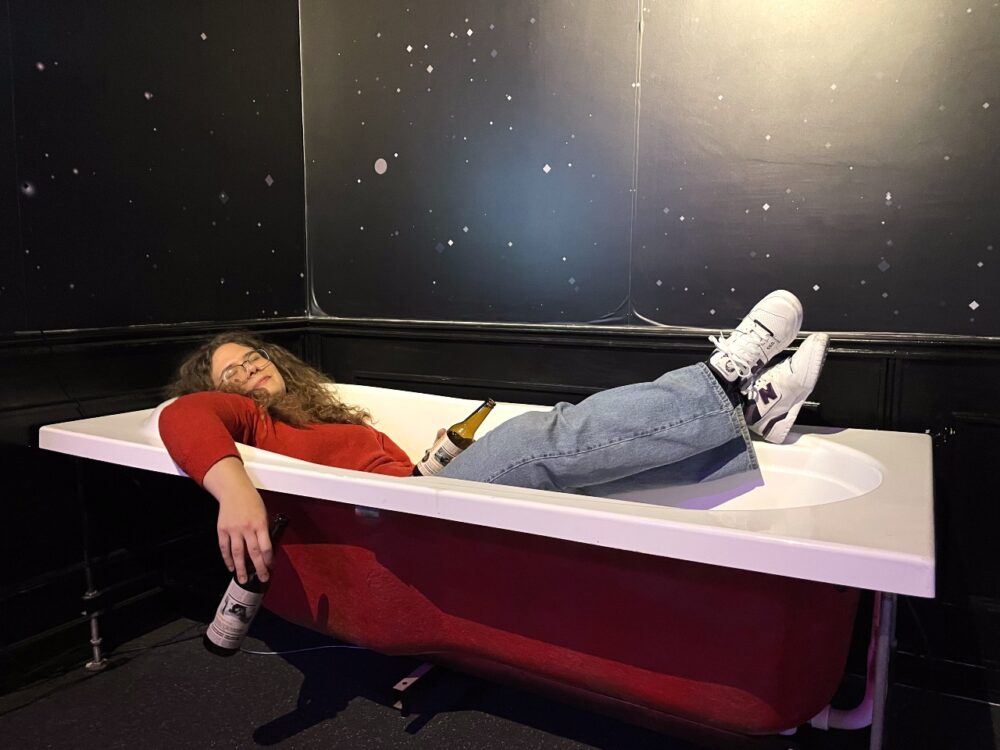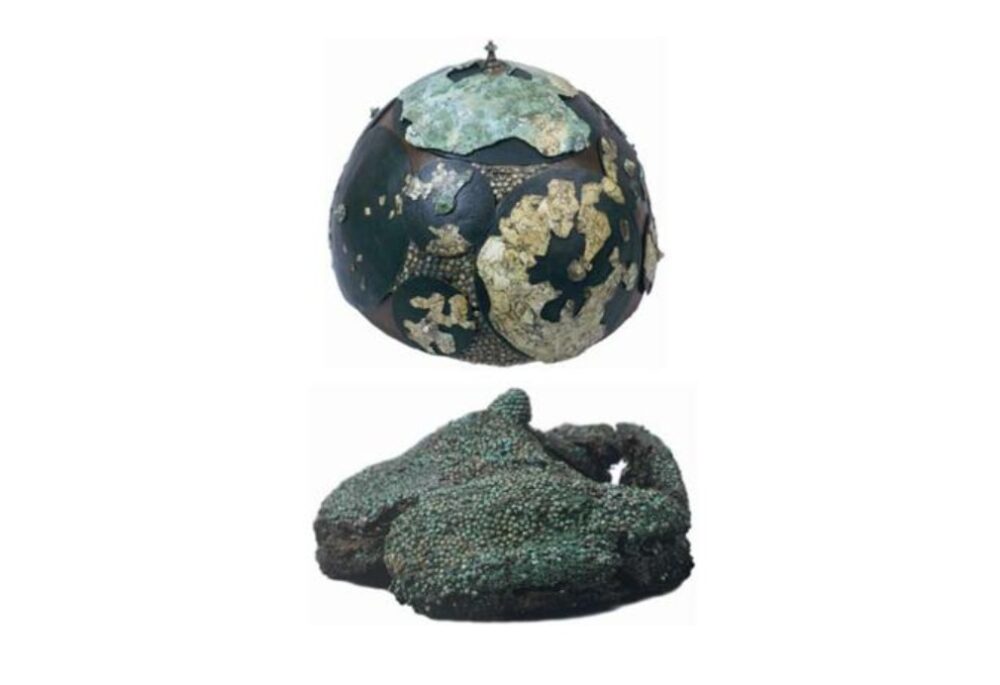Best known for its 2,500 miles of sun-kissed coastline and vast cluster of idyllic islands, Croatia is also a hotbed of culture, as evinced by the many exhibitions that take place across the country each year.

(Photo: Shell Museum Cavtat)
Most of Croatia’s museums and other cultural institutions can be found in its major urban cities – in particular Split and Dubrovnik. But there are also a number dotted around its lesser known spots that are largely free of tourists. If you’re visiting Croatia and would like some respite from the high temperatures this spring and summer, you might want to check out some of the indoor exhibitions we’ve highlighted below
Discover The Art Of Nature
Founded with a passion for marine life and a dedication to preserving the wonders of the sea, the Shell Museum Cavtat stands as a testament to the beauty and diversity of nature. Upon entering the museum, guests are greeted by a mesmerising display of shells collected from the shores of the whole world. From intricately patterned conches to delicate seashells in every hue imaginable, each exhibit tells a story of the sea, inviting visitors to embark on a journey of exploration and discovery. Beyond its educational offerings, the museum also serves as a platform for promoting environmental awareness and conservation efforts. Through workshops, lectures, and community outreach programs, the Shell Museum Cavtat aims to inspire visitors to become stewards of the ocean and protectors of marine life for generations to come.
Shell Museum Cavtat / Permanent
Museum of Hangovers

(Photo: Museum of Hangovers)
Created as a place to display the objects, detritus and legendary tales that feature in drunken nights out the world over, the Museum of Hangovers is one of Croatia’s most unique attractions. Among its permanent exhibits are the Walke of Shame, a humorous journey through the common experiences of nights on the tiles; Drunk Goggles, an interactive zone where visitors can wear special goggles to simulate the effects of inebriation; and Personal Stories & Artefacts, a collection of funny and bizarre hangover stories and the items left behind. There are alsok displays on how different cultures perceive and deal with hangovers, as well as an area dedicated to promoting responsible drinking.
Museum of Hangovers, Zagreb / Permanent
Memorial places: Dubrovnik and the Second World War

(Photo: Red History Museum)
The central exhibition of the Red History Museum in 2024, the aim of this exhibition is to examine which places connect citizens of the city of Dubrovnik to the Second World War. It presents the places that the local community recognised as valuable in the period from the end of the WWII until today and marked them with monuments or commemorative plaques. It explores how the narrative changes with the passage of time and what is left of them today, presenting a complete overview of the monuments, from those dedicated to NOB erected in Yugoslavia to the monuments commemorating communist crimes on Daksa and Orsula erected during the Republic of Croatia. In this way, it tells the story of the war in Dubrovnik and the attitude of the population towards its legacy.
Red History Museum, Dubrovnik / 8 June – 15 October 2024
Futures
Featuring works by both prominent Croatian and international artists of the 20th century, this exhibition challenges the ideas and visions of the future which have been developing in art from the 1960s until the present day. Art on display include works from the New Tendencies movement which emerged in the early 1960s in the former Yugoslavia and connected art, science and technology with the then idea of a progressive socialist society. More recent works on show explore attitudes towards the future and the necessity of mending our relationship with nature.
Museum of Contemporary Art, Zagreb / Through 31 December 2024
Optical Illusions

(Photo: Museum of Illusions)
Offering an intriguing, visual, sensory and educational experience, the Museum of Illusions in Zagreb invites visitors to explore how our complex minds can be tricked by clever distortions of perception. Among the museum’s permanent exhibitions is Optical Illusions, which features a collection of over 40 bewildering images that have been designed to captivate, confuse and confound, serving as a reminder that our senses are imperfect and our perception of the world is often not as it may seen.
Museum of Illusions, Zagreb / Permanent
Before Zagreb

(Photo: Zagreb City Museum)
The urbanisation of Zagreb which has been taking place for millennia, has erased many of the traces of its earlier periods. But thanks to European advances in geology, anthropology and archaeology during the 19th century, the story of the city’s evolution has been discovered and preserved. This exhibition allows visitors to acquaint themselves with the most important finds and archaeological sites in Zagreb and the wider region and the thousands of years of culture that have been inherited by denizens of the city.
Zagreb City Museum, Zagreb / Permanent
Segestik and Siscia – a settlement from the beginning of the history
The result of a decade long field and museum work, this exhibition explores the material and spiritual culture of the inhabitants of the Iron Age settlement (the 1st millennium BC) situated in today’s town of Sisak in central Croatia – considered one of the most important Iron Age sites, not just in Croatia but also the wider region. Through a wide range of exhibits and artefacts relating to that epoch, the exhibition reveals the founding, development and cultural dynamics of the settlement, as well as the everyday lives of its inhabitants from their attire and warrior equipment to their eating habits.
The Archaeological Museum, Zagreb / Through 4 May 2024
Veliki Tabor on the Eve and in the Course of World War II

(Photo: Dvor Veliki Tabor)
During World War II, the 15th-century Veliki Tabor castle was the site of a state children’s home and primary school, a sanctuary for soldiers to rest and recover from battle, and a place for the storage of military supplies. Through a vast collection of artefacts including postcards, photographs, newspapers, books, weapons, military and medical equipment, a memorial plaque and even a children’s shoe, this exhibition explores the fascinating role of the castle during the conflict, shining a light on what life was like here during that tumultuous period in history.
Dvor Veliki Tabor, Hum Košnički / 10 November 2024